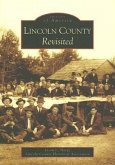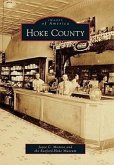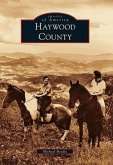The geographic heart of North Carolina, Randolph County has been at the crossroads of history since the 17th century, when explorers first arrived along the Great Indian Trading Path. Every variety of religion, creed, and color could be found in the county from its creation in 1779, with combinations that often proved volatile. From the Uwharrie Mountains in the west to the Deep River Valley on the east, Randolph County has been home to powerful opposing forces. It is a county where potters are more common than doctors. It is home to five of North Carolinas first textile mills, yet it remains one of the states leading agricultural producers. Its residents refused to secede from the Union but sent six companies into Confederate service. Although settled by pacifist Quakers, bitter guerrilla warfare pitted neighbor against neighbor in both the American Revolution and the Civil War. A dry county that permits no sales of alcoholic beverages, it fostered the racing spirit of NASCA R by running moonshine along its back roads. It is a county with a history, politics, and people of vision, depth, and complexity.








